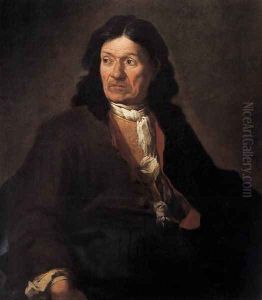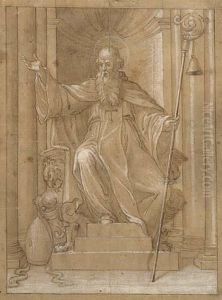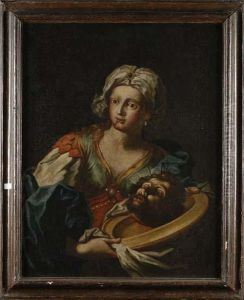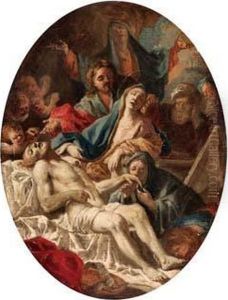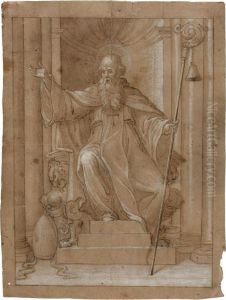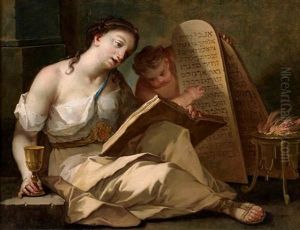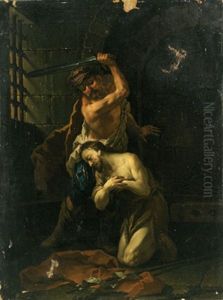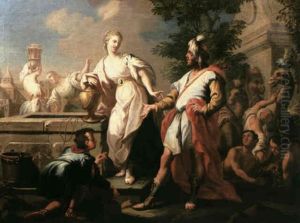Pietro Ligari Paintings
Pietro Ligari was an Italian painter and art historian, born in 1686 in Sondrio, which is located in the Lombardy region of Italy. Although not as widely recognized as some of his contemporaries, Ligari made significant contributions to the art of his time, particularly in the region where he was born. His work is often associated with Baroque painting, which was characterized by dramatic expression, rich colors, and a dynamic use of light and shade.
Ligari received his early training in Milan, which was a significant center for art in the 17th century. His education would have included the study of the great masters of the Italian Renaissance, as well as the contemporary works of Baroque artists. After his initial training, Ligari returned to Sondrio, where he spent the majority of his life and career.
Throughout his life, Ligari was engaged in a number of large-scale projects, including the decoration of churches and public buildings. His religious paintings, frescoes, and altarpieces were particularly appreciated for their vibrant colors and their ability to convey complex spiritual narratives. Ligari's work reflects the transition from the Baroque style to the Rococo, with the latter part of his career showing a lighter palette and more playful themes, typical of Rococo sensibilities.
In addition to his painting, Ligari was also an art theorist and historian. He wrote a treatise, 'L'idea della Architettura Universale' (The Idea of Universal Architecture), which is an important source for understanding the artistic principles and historical perspectives of his era. This work not only reflects Ligari's ideas about art and architecture but also provides insights into the broader cultural context of 18th-century Italy.
Pietro Ligari died in 1752 in his hometown of Sondrio. Although he may not be as widely known as the leading lights of Italian Baroque and Rococo art, his legacy endures in the region of his birth, where many of his works can still be viewed in situ. He left an indelible mark on the cultural heritage of Lombardy, influencing local artistic traditions and contributing to the rich tapestry of Italian art history.
